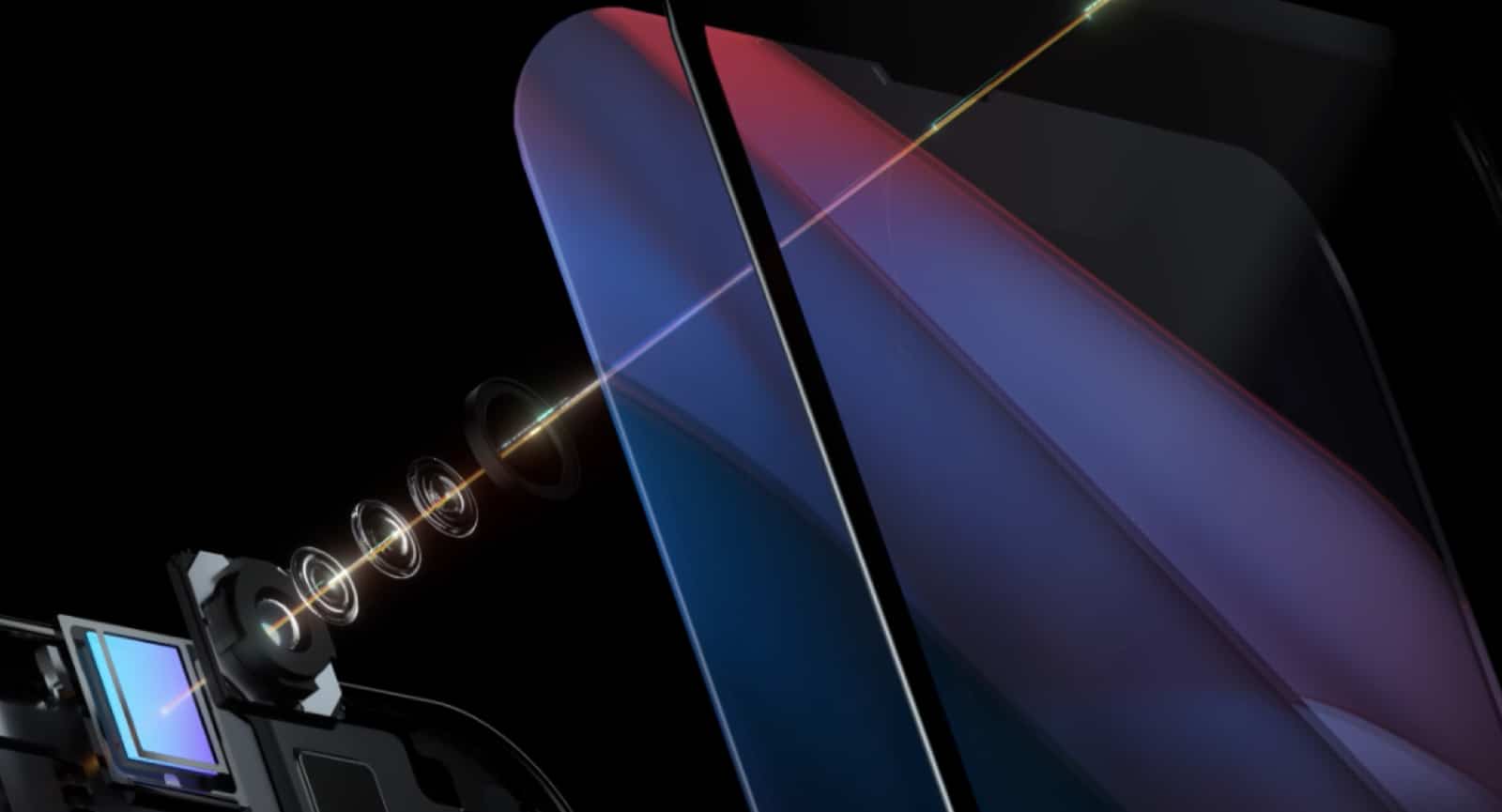This week on The Wrap, we’re checking out the future of phone hardware, looking at all-screen selfie cameras, AI chips, and more. Plus we’ll check out a pair of earphones tailored to how you hear. All in five.
Subscribe to The Wrap at Apple Podcasts…Transcript
For the beginning of August 2021, you’re tuned into The Wrap, Australia’s fastest technology roundup, where lockdown seemingly continues, now with more of the country. We’ll get out of this sooner or later, folks, we just need to do the right thing and stay home, stay safe, and stay sane.
Part of what’s keeping us sane is the assortment of technology previews, giving us an idea of what’s to come, and something to get excited about when lockdown ends.
You see this week, Oppo, Realme, and Google all shared glimpses of what we can expect in phones in the coming months.
For instance, Realme has a take on MagSafe for Android coming in something it calls MagDart, which is basically like Apple’s MagSafe, except built into an Android phone. It’s technically the first magnetic wireless charging on an Android phone, and it borrows the same idea as what Apple created, with a magnetic ring around a wireless charging coil built into a phone.
While the idea is more or less the same, Realme has gone a little further with plans for a 50 watt wireless charging station. It’s a brick of a thing, but basically has the ability to charge wirelessly very, very quickly.
Meanwhile, Oppo glimpsed the future of phone selfie cameras with one you can’t actually see. If you have a recent iPhone, you can see the phone’s camera on the shelf, while Android phones might have a notch in the middle, a tear drop, or a hole punch on the left also called a “dotch”. We don’t like that word, but it might be a thing of the past anyway, because Oppo has an under-screen camera on the way.
The idea uses a camera beneath the display, transparent wiring, and a layer of pixels that’s smaller, allowing the camera to see through the screen and snap your image, even if you can’t actually see the camera. It’s an all-screen dream that could mean your next phone has no obvious front camera, even if it’s clearly there.
This is one of those things we’ll likely see next year, though. Before it, Google is working on a new generation Pixel phones, previewing what we can expect from the Pixel 6 range when it launches later this year.
And that preview centred around the chip, with the Google Tensor chip, something that will use artificial intelligence to learn and improve your phone and camera. Google is using a lot of AI lately — it’s in Google Search, but you may not realise it — and so this next Pixel phone may end up being more than just a phone and camera, finding a way to become the centre of your life.
That’s not all Google is working on, with security cameras on the way out in Australia, two to start with and others later.
There’s a wired and wireless camera first for inside and outside, while a doorbell is on the way, both of which will talk to iOS and Android through the Google Home app, as well as Google Nest smart displays. It’ll join a fairly crowded marketplace of security cameras, but like that new Pixel phone, will use artificial intelligence to pick up on people, animals, and packages, depending on what you buy and if you’re subscribing to get more out of the cameras.
Getting the most out of these Google Nest Cameras will cost a little bit per month or year, it seems, but that’s typically the way most technology goes.
For instance, if you want to use a wireless keyboard with a fingerprint sensor on a recent Mac, you now have the option, but it will cost you at least $209 and needs one of the Apple Silicon Macs, the M1.
Sony has a new camera this week focused on folks who like to make video content, coming in the ZV-E10, a mirrorless that’ll blur the background for selfie videos and let you show off on camera, costing at least $1249 for the privilege.
And JBL launches a few more varieties of wireless earphones with noise cancellation this week, with the on-ear Live 460NC for $200, the around ear Live 660NC for $250, and the truly wireless earphones in the Live Pro Plus for the same price.
You probably know just how many of these earphones there are out there with so many to talk about. Last week’s show referenced so many, and this week, we’re taking a look at a pair that is very different, and from an Australian company, too.
It’s coming in the NuraTrue, a pair that aims to change how you hear by tailoring the sound to how your ears work. They work on a concept called otoacoustic emissions that’s all about working out how your ears hear, and then customising the sound accordingly.
The result is a balanced sound regardless of who you are in a pair that’s comfortable and offers a great seal. The controls could do with a bit of work and we think the cancellation could be improved slightly, but the sound is good.
There’s also a decent price tag here, fetching $300 for the noise cancelling NuraTrue, the mid-range for noise cancelling earphones and a result that feels a little higher. They’re very good all the same, and easy to recommend.
For now, you’ve been listening to The Wrap, Australia’s fastest technology roundup. A new episode can be found every week at Listnr, Spotify, and Apple Podcasts. Otherwise, have a great week, and we’ll see you next time on The Wrap. Stay safe, stay sane, and take care.





